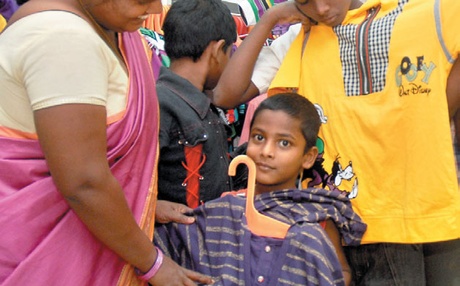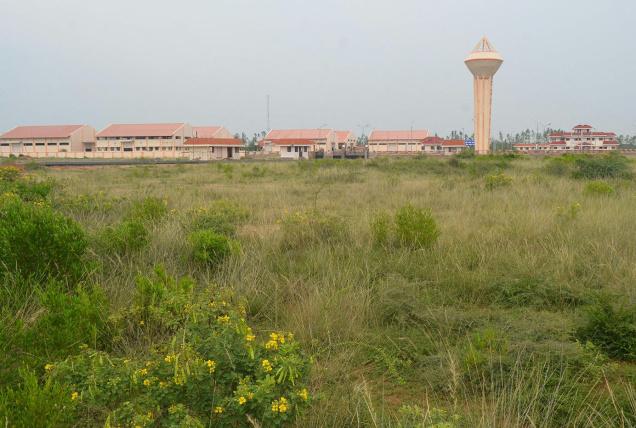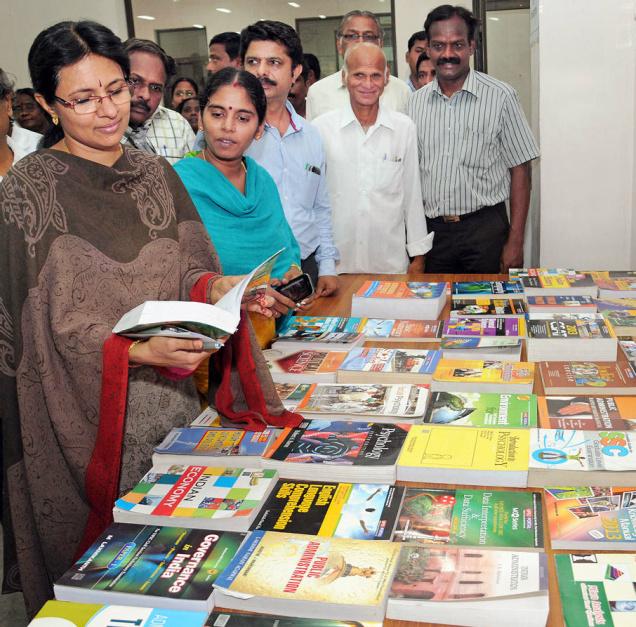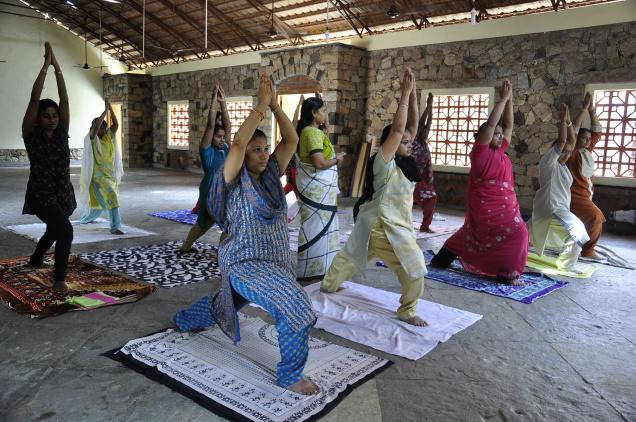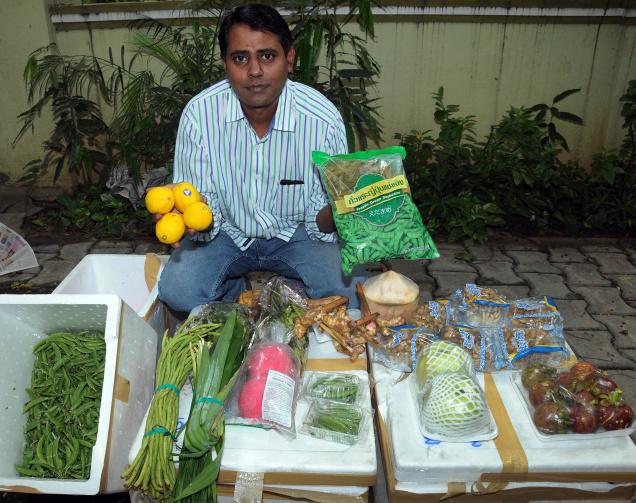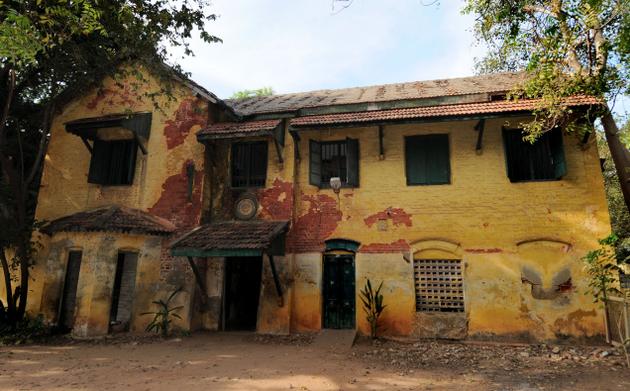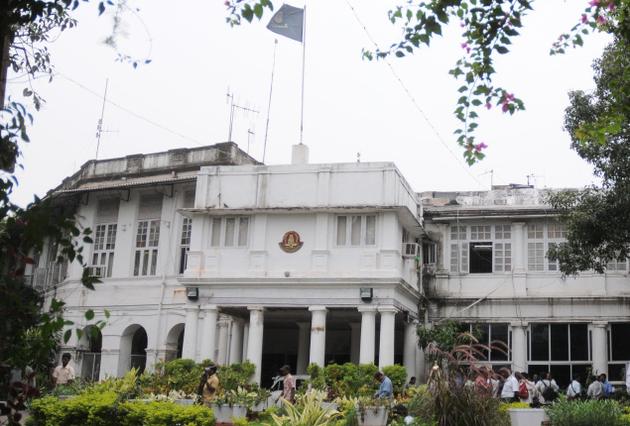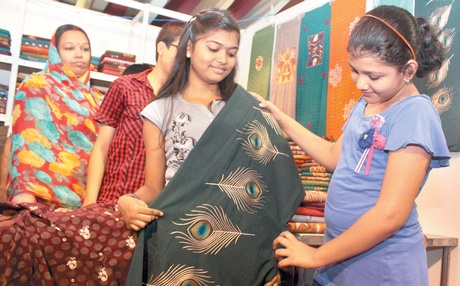
Casual is the buzz-word, at least as far as the purchases made by people ahead of the Deepavali festival is concerned. Sales of clothing items such as tee-shirts and denim trousers for both men and women seem to be spiralling in the many textile showrooms of T Nagar, the shopping hub of the city. The trend, employees of these showrooms say, is normal and is visible ahead of many a festive occasion.
Speaking to City Express, the salespersons at a leading store in T Nagar, located near the Duraiswamy Road-Usman Road traffic junction, concur that casual wear has been witnessing maximum sales this season. “A large section of our customers from all over the State are looking for casual wear. These people, who belong to the younger generation, are keen on tee-shirts and jeans. It is registering maximum traction,” they added.
Balaji, a salesperson at an adjoining clothing store, which also has a jewellery store, concurs. “Casual clothing is the order of the day.” This doesn’t mean that other styles of clothing have been consigned to oblivion. Although selling in lesser numbers, he states slim and narrow-fit and the style statement of the yesteryear, the good old boot-cut trousers, are back this season. According to him, sales of formal clothing are expected to pick up in the post-Diwali season – which is a year-on-year trend.
Unsurprisingly, women are spoilt for choice when it comes to selecting their attire. Churidhars and salwar suits in a mélange of choices – be it the Anarkali or Patiala styles – are also a big draw, adds Balaji. This is in addition to the silk saris and skirts that register comparative amount of sales.
When it comes to silks, despite having an encycloapaedia of options to select from, Kanchipuram silks are the most-sought after. As the sales manager of an 85 year-old silk showroom located near Panagal Park, Vinayagam, explains, “We have a wide range of silk saris, in an equally wide range of budgets to suit practically every customer. However, most end up asking only for Kanchipuram silks. People are unmoved even when show them varieties like Belgaum, Benaras, Arani and Dharamavaram silks.”
This season, the showroom has launched a new range of upper-end silks, with a base price of nearly `14,000, which the customers seem to be lapping up eagerly.
Pricing dictates the sales volumes, as he explains. “Silk saris in the price-band of `2,000-5,000 are witnessing the maximum sales. Saris in this category include single-side silk variant and those made out of silk-cotton and silk-polyester blends.” From `2,000 to nearly `2 lakh, looks like there are saris priced to suit every budget.
Cotton saris are not lagging behind either. The ‘Karishma’ variant of cotton saris and cotton-polyester blends – traditional favourite of people for gifts – are equally popular.
He anticipates that the sales of veshtis, steady so far, might pick up once the muhurtham season sets in – a period considered auspicious to solemnise marriages.
However, sales of the half-sari seems to be on the decline. Once a traditional favourite of young girls, not many customers are keen on purchasing it. As a the salesperson at another showroom says, “We can stock only those items that our customers demand. We cannot have such items wasting our floor space.”
source: http://www.newindianexpress.com / The New Indian Express / Home> Cities> Chennai / by Express News Service – Chennai / October 31st, 2013
